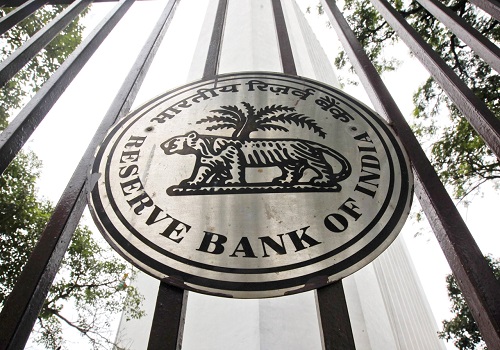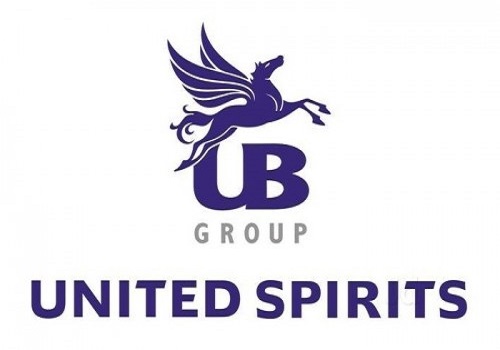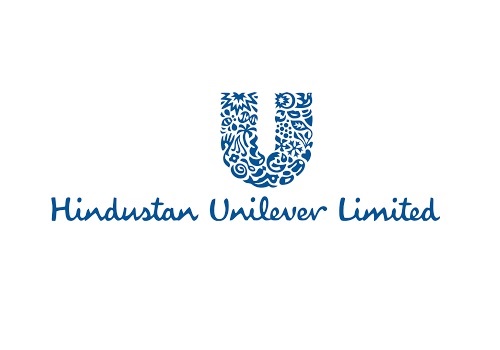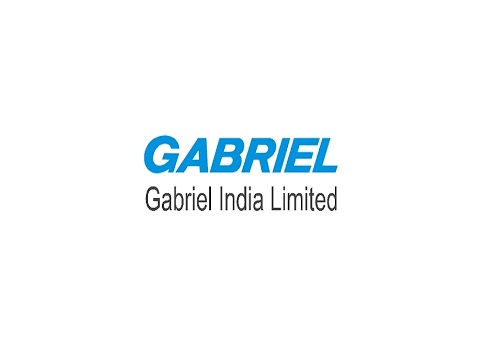Accumulate L&T Finance Ltd For Target Rs. 176 By Elara Capital

MFI woes mar retail performance
L&T Finance’s (LTF IN) Q4 earnings were flat, marred by tepid growth reflecting in weak topline, offset by lower provisions due to macro prudential drawdowns (INR 4bn). Given the significant exposure to microfinance (27% of the retail finance book), ongoing headwinds pose downside risks to LTF’s near-to-medium term growth and earnings. So, a riskcalibrated rural business expansion and strategic shift towards prime segment in the urban two-wheeler financing and personal loans (PL) portfolios may cap FY26E-27E AUM growth to 15-17%, weighing on return profile that should stack up to 2.5% RoA and 12.4% RoE in FY26E-27E.
Muted PAT amid higher opex and NIM decline: LTF reported a steady PAT of INR 5.45bn, up 1.6% QoQ/15% YoY, as estimated, as lower provisions partially offset pressure from subdued NII and elevated opex. NII declined 3.9% QoQ (+8.2% YoY), leading to NIM compression of 60bps QoQ due to a shift towards secured, prime lending. Opex rose 11.7% QoQ, leading to a 12.3% QoQ drop in PPoP, though up 20.3% YoY. The cost-to-income ratio worsened by 590bps QoQ, while provisions fell 24.5% QoQ. LTF reiterated its FY26 ROA target of 2.8-3%, supported by book realignment, operational efficiencies and NIM + fees guided at 10-10.5%.
MFI woes; shift to prime urban business to calibrate growth: LTF clocked disbursements of INR 149bn (down 3% YoY) in Q4FY25, with most segments losing steam, barring PL (up 98% YoY) and SME finance (up 26% YoY). Two-wheeler disbursals dipped 26% YoY in Q4, with 82% of March disbursements in the prime segment, reflecting a quality-focused shift. Retail book grew by 19% YoY to INR 951.8bn, while total book grew 14% YoY to INR 977.6bn. Urban finance drove growth, led by SME finance (up 67% YoY), LAP (46% YoY), PL (up 34% YoY) and HL (up 32% YoY). MFI grew 6% YoY amid regulatory challenges in Karnataka. LTF expects >20% AUM growth in FY26, aided by rural recovery, calibrated expansion and tech-driven risk control.
MFI stress pronounced on asset quality; credit costs elevated: LTF's retail GNPA and NNPA stood at 3.29% and 0.97% in FY25, with credit costs (2.54%) elevated due to stress in the MFI portfolio, driven by regional disruptions and macro headwinds. About INR 4bn of provisions were utilized in FY25, with INR 5.75bn still available as buffer. While collections improved to 99.6% outside Karnataka, MFI credit costs remain high and are expected to normalize only by H2FY26. Initiatives such as Project Cyclops and Nostradamus are set to improve asset quality by reducing credit costs (by 100-150bps), enhancing underwriting precision, lowering high-risk exposure (from 11% to 3–4%) — especially in two-wheeler and farm segments. Credit cost guidance is 2.3%-2.5%, with farm and personal loans stabilizing, and twowheelers likely to recover in two more quarters.
Maintain Accumulate with a negative bias: We trim FY26E/27E estimates by 3.6%/2% on earnings pressure. Near-term pressure on growth should have a larger bearing on RoEs, the latter likely restricted to <12% and 12%+ in FY26E-27E. Maintain Accumulate with changed TP to INR 176 (from INR 171) underscored by tech led swift retail credit expansion, valuing LTF at 1.3x FY27E P/ABV. Conviction on new portfolio behavior may drive a re-rating.

Please refer disclaimer at Report
SEBI Registration number is INH000000933























